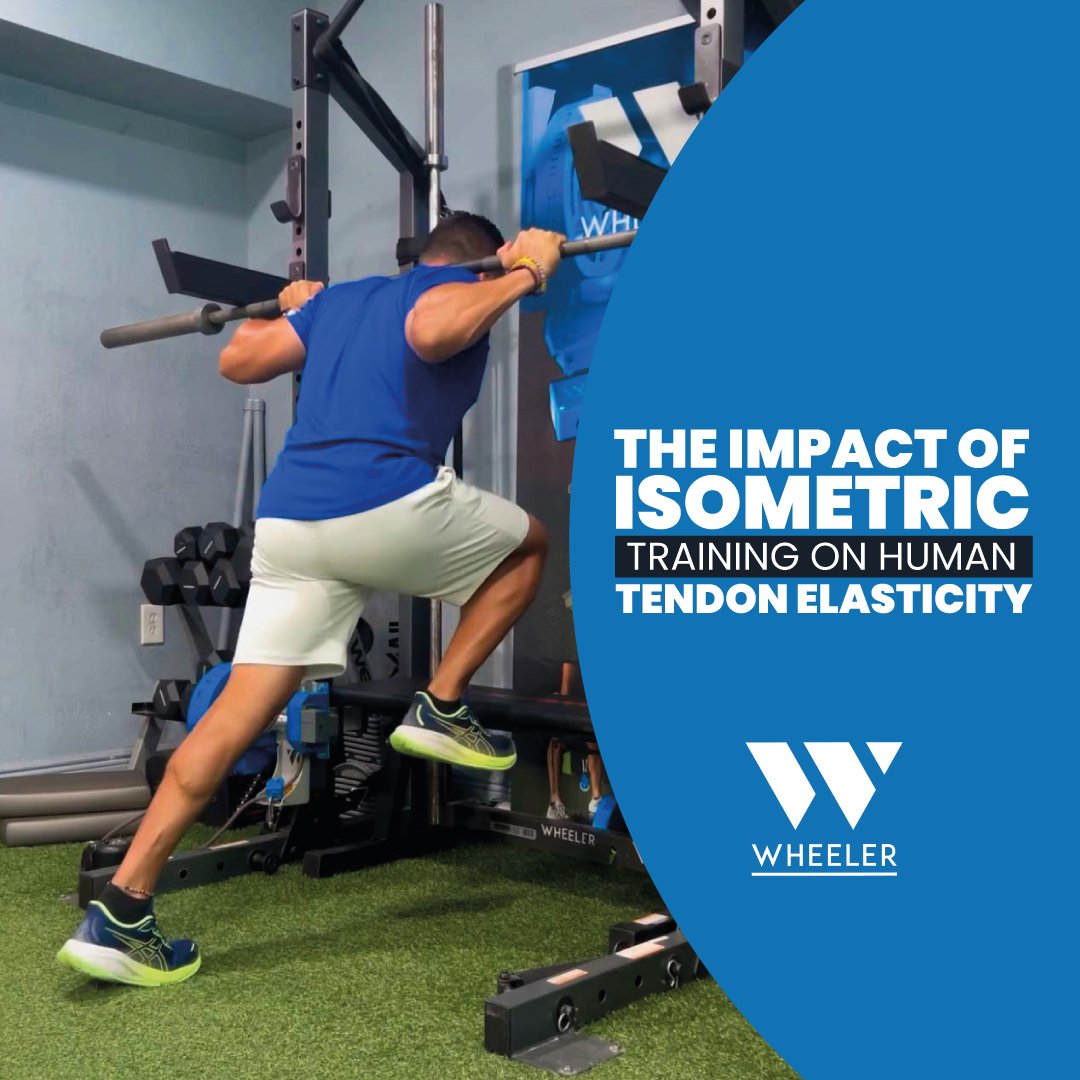Strength training has traditionally been associated with increases in muscle power and performance. However, there is growing research suggesting that this type of training can also have a significant impact on the tendinous structures of the body. A study conducted by Kubo et al. (2001) in the Journal of Applied Physiology focuses specifically on the effects of isometric training on human tendon elasticity, and the results are revealing.
The Role of Tendons in Athletic Performance
Tendons play a crucial role in transferring force between muscles and bones. They are elastic structures that allow for the storage and release of energy during movement, which is essential for biomechanical efficiency in sports and physical activities. The more elastic a tendon is, the greater its ability to absorb forces and then reuse them in physical performance. For this reason, understanding how different types of training influence tendon elasticity is vital for coaches and athletes alike.
What is Isometric Training?
Isometric training refers to exercises where the muscle generates tension without changing its length, meaning there is no visible joint movement. This type of training is commonly used in rehabilitation programs as well as in sports that require stability and control in specific positions. Unlike dynamic training, where muscles shorten or lengthen, isometric training demands a sustained contraction that can have unique effects on tendons and muscles.
Study Methodology
The study conducted by Kubo and his colleagues involved a group of 12 healthy subjects who participated in an isometric training program over 12 weeks. The training sessions focused primarily on the knee extensor muscles, and participants performed voluntary isometric contractions at 70% of their maximum strength for 15 seconds per repetition. These sessions were held four times per week, allowing the researchers to assess significant changes in tendon elasticity over time.
To measure tendon elasticity, the researchers used ultrasound imaging and electromyography techniques. These methods provided precise data on tendon deformation in response to loading, as well as on adaptations in tendon stiffness.
Study Results
One of the key findings of the study was that isometric training not only improved muscle strength but also resulted in an increase in tendon stiffness. Tendon stiffness is defined as the resistance of the tendon to deformation under load. In simple terms, the tendons of the subjects became more resistant and less prone to excessive stretching.
This increase in tendon stiffness may have important implications for athletic performance. While a stiffer tendon may seem counterproductive for elasticity, it can actually enhance the muscles’ ability to generate force quickly. Stiff tendons allow for more efficient transmission of muscle force, which is essential for explosive movements such as jumps or sprints.
Another significant result was that, although tendon stiffness increased, no adverse changes were observed in the tendon’s ability to withstand loads. This suggests that isometric training can be an effective strategy to improve both muscle strength and tendon functionality without increasing the risk of injury.
Training Implications
The study by Kubo et al. offers valuable lessons for coaches and athletes. First, it demonstrates that isometric training should not be considered solely as a tool to improve muscle strength but also as a means to optimize tendon functionality. Tendon stiffness induced by this type of training can be especially beneficial for athletes who rely on speed and explosiveness in their sports.
Additionally, since isometric training does not require dynamic movements, it can be an ideal option for those looking to minimize joint impact while still improving strength and tendon elasticity. This is particularly relevant for athletes recovering from injuries or older individuals who seek to maintain functionality without overloading the musculoskeletal system.
Conclusions
Isometric training provides an effective pathway not only to enhance muscle strength but also to optimize the mechanical properties of tendons. The increase in tendon stiffness observed in the study by Kubo et al. may improve force transmission and explosive performance without compromising the tendon’s ability to withstand loads. Therefore, incorporating isometric exercises into a training program can be beneficial for elite athletes as well as those in rehabilitation or injury prevention.
This study underscores the importance of considering not only muscles but also supporting structures like tendons when designing effective and comprehensive training programs.
Author


